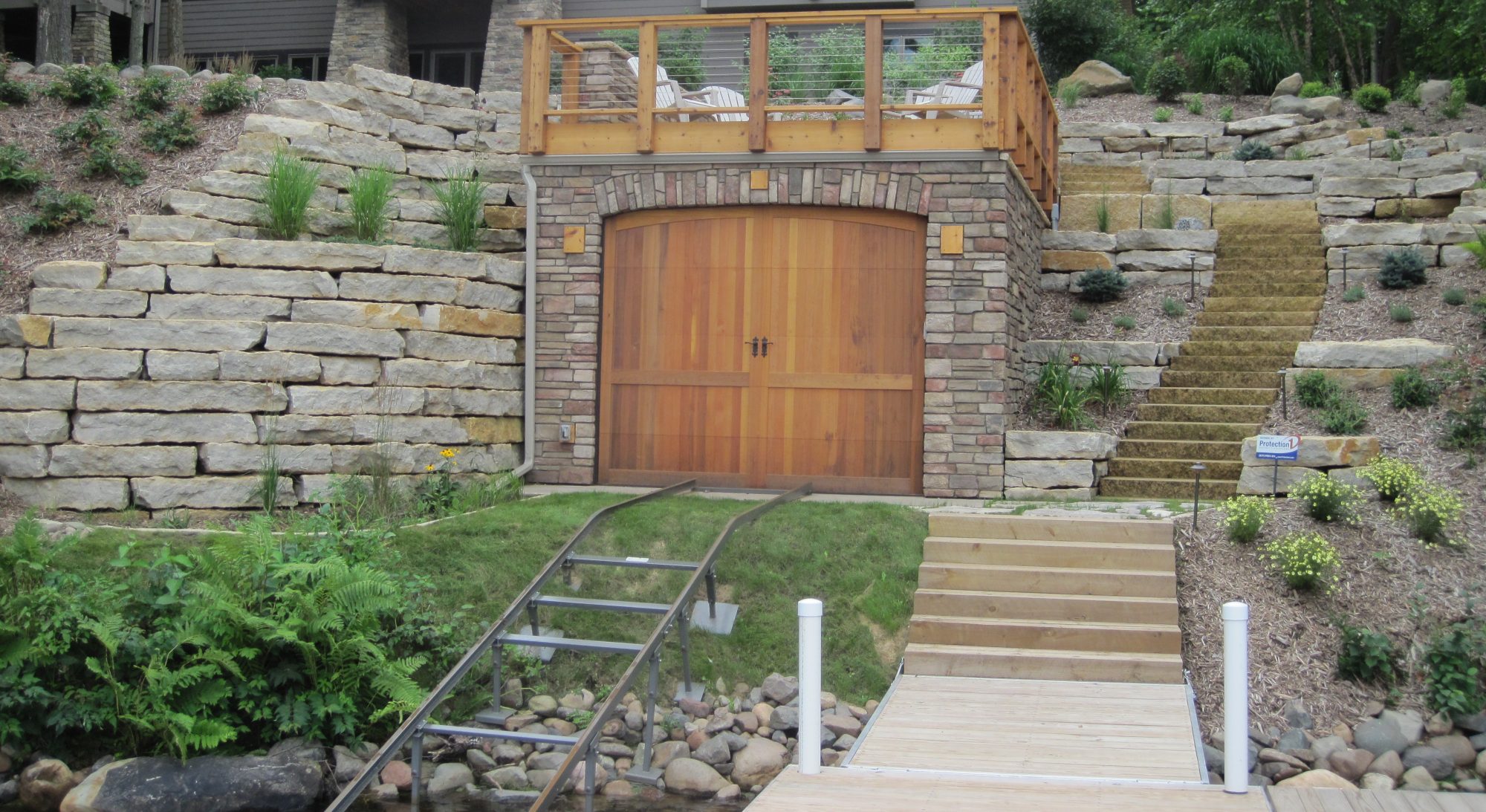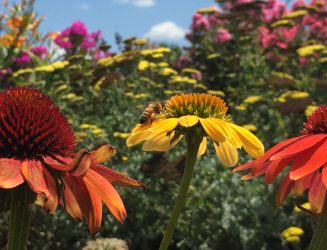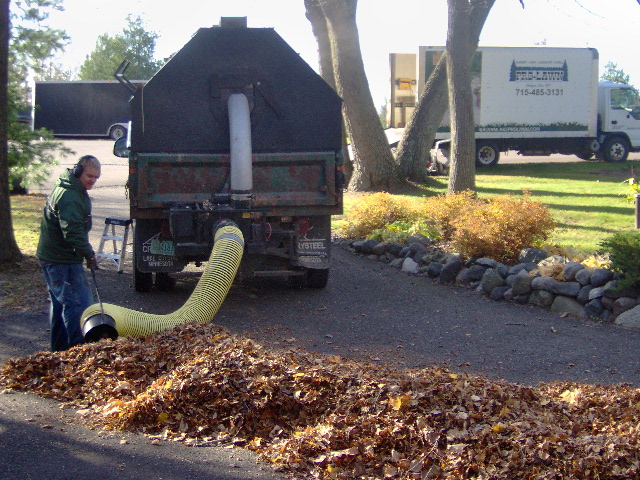Fall clean-up is all the rage and hub of activity lately – we’ve been blogging about it, our customers are asking about it, and our crews are preparing for it.
Today, we will focus on leaves and lawns: we’ll discuss best practices for fall leaf clean-up and lawn care, while describing the importance of these practices to maintain the health of your lawn and garden.
Leaf Removal – Turf: When leaves fall and accumulate on the lawn, they prevent sunlight from reaching the grass, creating brown and/or dead patches in your lawn. Leaves also maintain moisture, and while some moisture in your lawn is good, accumulated leaves can trap moisture in your lawn resulting in fungus issues. Remove all diseased leaves, like those with apple scab or leaf spot, to avoid re-infecting your trees and new leaves the following year. Rake or blow leaves off your lawn.
Leaf Mulch – Garden Beds: As mentioned above, leaves maintain moisture and decompose quickly creating a rich, organic material. When used as a mulch in your landscaping, leaves add important nutrients to soil, prevent weed growth, retain soil moisture, and acts as insulation for soil and plants over the winter. Shredded leaves make the best mulch you can then use around trees and in gardens. Many people are concerned about oak leaves, which are relatively acidic. According to the University of Minnesota Extension, oak leaves decompose more slowly than other types of leaves and are best used for mulch or compost. Their slower rate of decomposition makes them well suited for use as mulch (www.extension.umn.edu).
Lawn Care: In addition to removing leaves from your lawn, mow your lawn short (around 3 inches) to prevent fungus problems. To maintain the health and vitality of your lawn, apply a fall fertilizer (Winterizer) to your turf. This ensures turf roots remain healthy and allows the lawn to store food for winter. It also replenishes the nutrients used up over the summer and allows the plant to re-estabilsh itself after heat stress. Most importantly, the energy stored from fall fertilizer promotes better spring green-up the following year.


